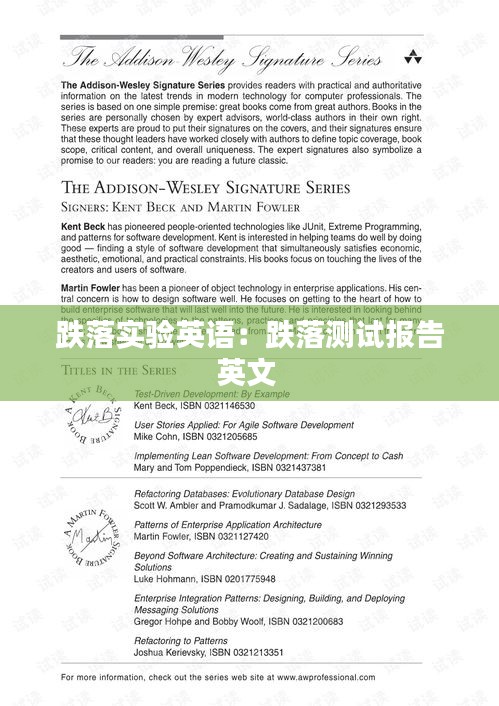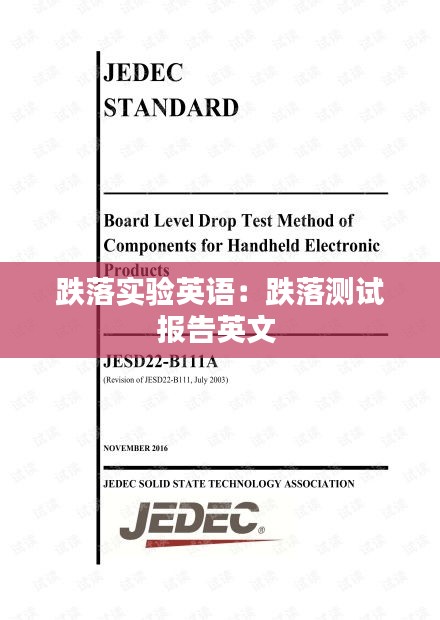Introduction to the Drop Test
The drop test, also known as the shock test or impact test, is a critical procedure used to evaluate the durability and structural integrity of various products, especially those that are likely to be subjected to sudden impacts or falls. This type of testing is particularly important for items such as mobile phones, laptops, cameras, and other portable electronic devices. The goal of the drop test is to simulate real-world conditions and determine how well a product can withstand such forces without suffering damage that could compromise its functionality or safety.
Objective of the Drop Test
The primary objective of conducting a drop test is to ensure that a product can survive falls from different heights and angles without incurring any significant damage. This is crucial for consumer confidence, as well as for regulatory compliance in many industries. The test helps manufacturers to identify potential weaknesses in the design or construction of the product, allowing them to make improvements that enhance the product's resilience.
Types of Drop Tests
There are several types of drop tests, each designed to simulate different real-world scenarios. Some of the most common types include:
Single Drop Test: This involves dropping the product from a single height and angle to assess its response to a single impact.
Multiple Drop Test: In this test, the product is dropped from multiple heights and angles to evaluate its performance under varied conditions.
Random Drop Test: This test involves randomly selecting heights and angles for drops, which can help simulate more unpredictable real-world scenarios.
Repeat Drop Test: The product is dropped repeatedly from the same height and angle to determine how many impacts it can withstand before failing.
Conducting a Drop Test
Conducting a drop test requires careful planning and execution. Here are the general steps involved:
Define Test Conditions: Determine the height, angle, and surface from which the product will be dropped. This should reflect the expected use and environmental conditions.
Prepare the Test Environment: Set up the test area to ensure consistent conditions for each drop. This may include using a controlled drop tower or a specialized drop table.
Secure the Product: Attach the product to a secure device that can control its drop and capture the impact.
Record the Drop: Use high-speed cameras or other recording devices to capture the drop and the subsequent impact.
Observe and Document Damage: After each drop, inspect the product for any signs of damage and record the findings. This includes internal and external components, as well as any functional issues.
Repeat and Analyze: Conduct multiple drops to ensure reliability of the test results and analyze the data to identify patterns or areas of concern.
Importance of Drop Test Results
The results of a drop test can have significant implications for product design and development. Here are some key reasons why these results are important:
Consumer Safety: Ensuring that a product can withstand drops is crucial for preventing accidents and injuries.
Regulatory Compliance: Many industries have specific safety standards that require products to pass drop tests.
Brand Reputation: Consistent performance in drop tests can enhance a brand's reputation for quality and reliability.
Cost Reduction: Identifying weaknesses early in the product development process can save costs on recalls or repairs.
Challenges and Considerations
While drop tests are an essential part of product development, they also present certain challenges and considerations:
Complexity: Designing a test that accurately simulates real-world conditions can be complex and expensive.
Cost: Conducting extensive drop testing can be costly, especially if multiple iterations are required.
Environmental Factors: Factors such as temperature, humidity, and altitude can affect the results of drop tests.
转载请注明来自深圳贝贝鲜花礼品网,本文标题:《跌落实验英语:跌落测试报告英文 》














 蜀ICP备2022005971号-1
蜀ICP备2022005971号-1
还没有评论,来说两句吧...